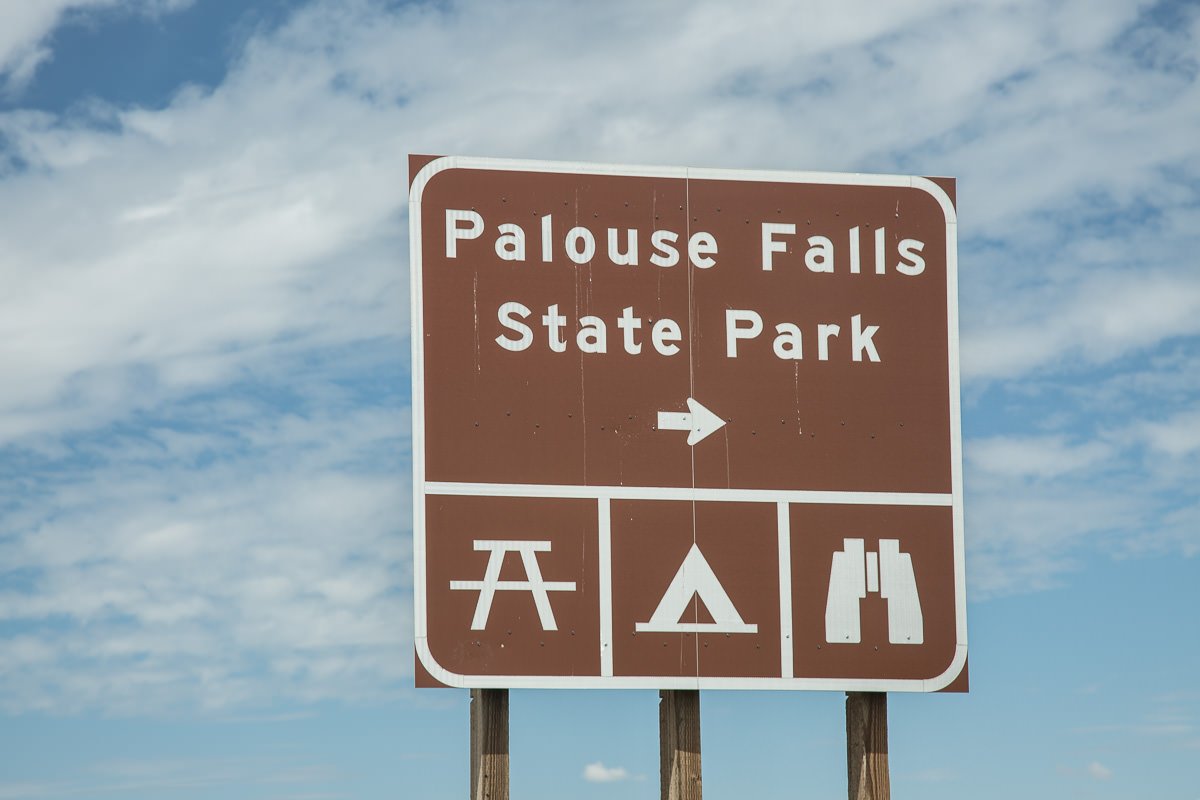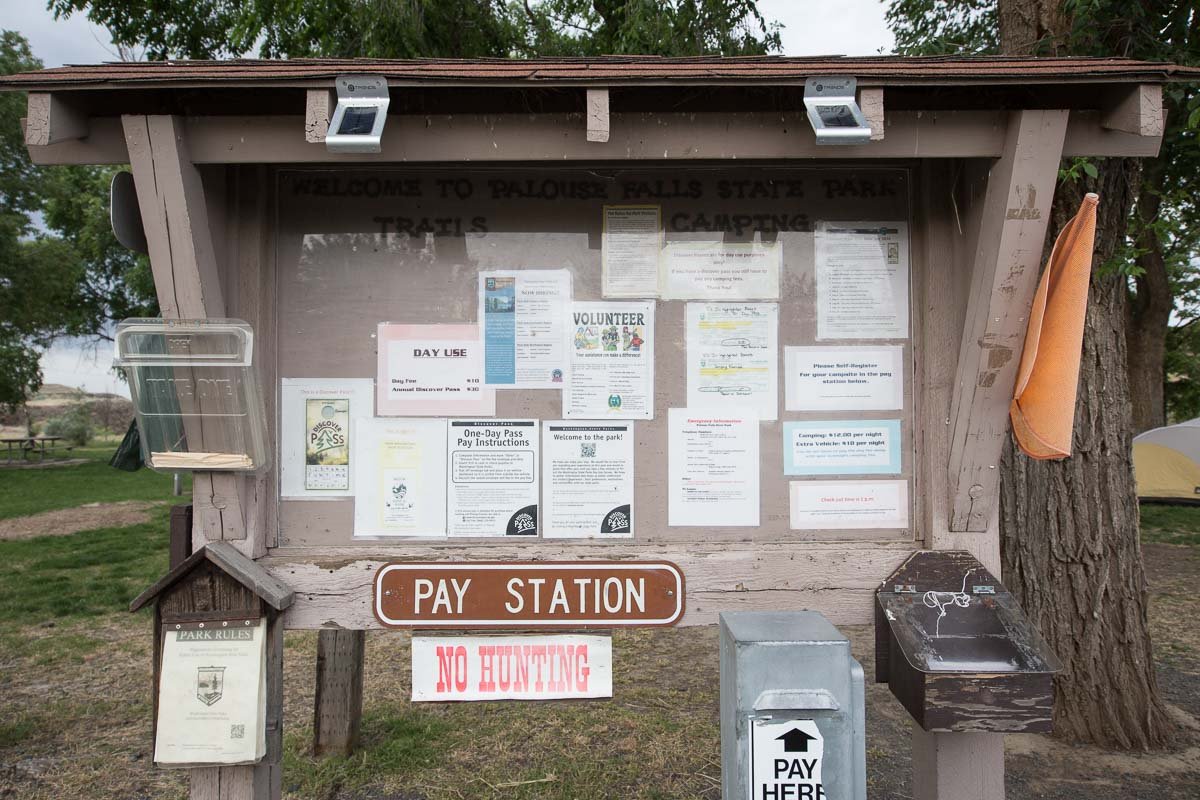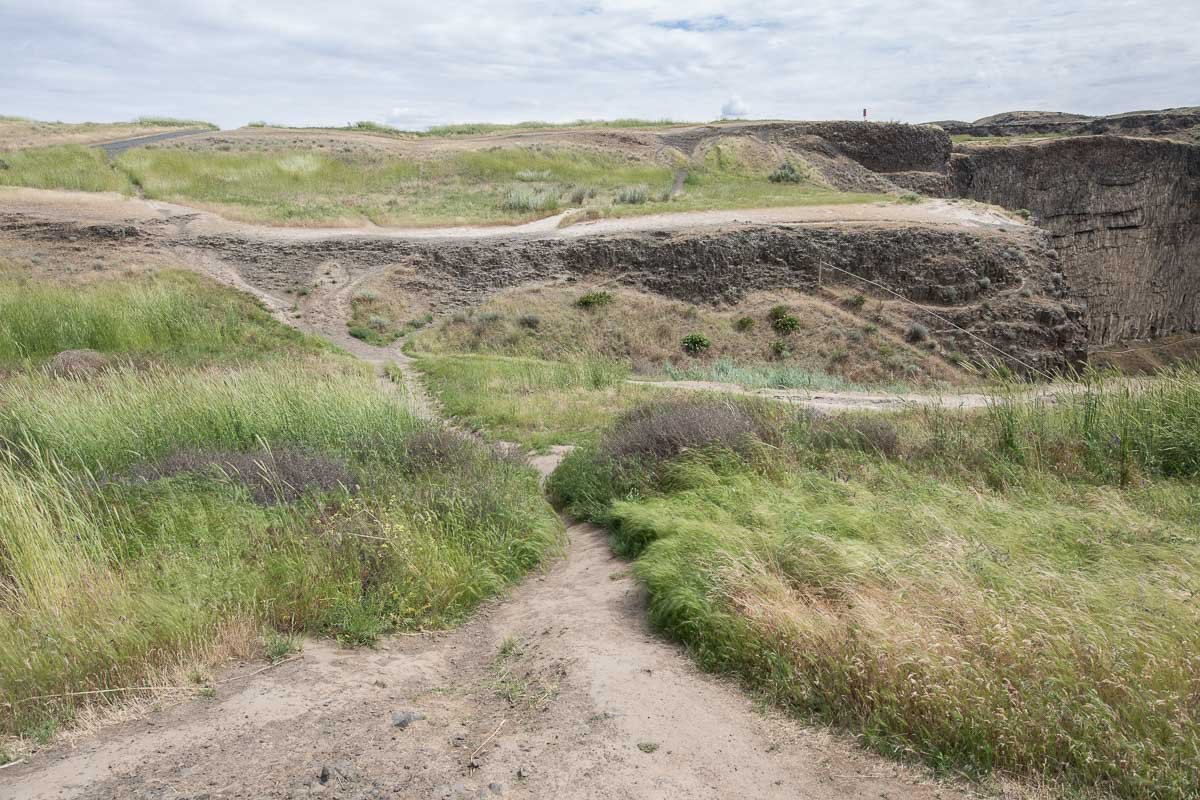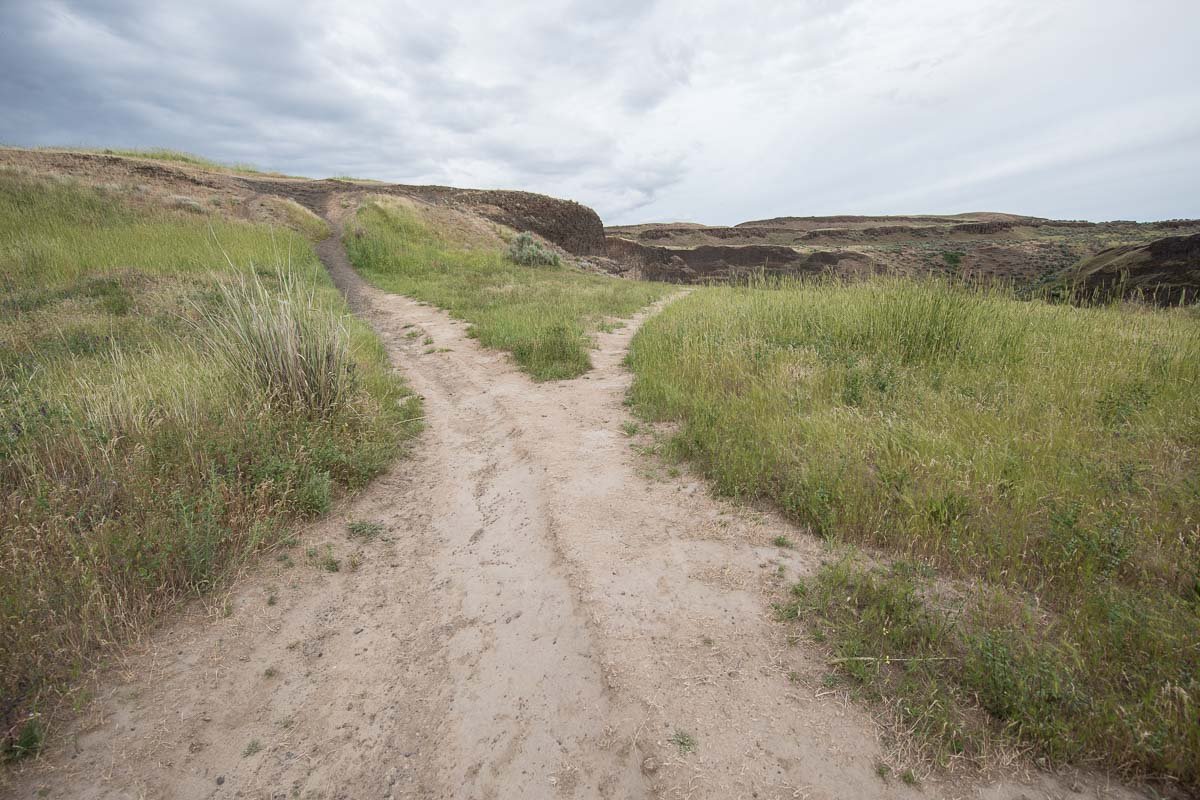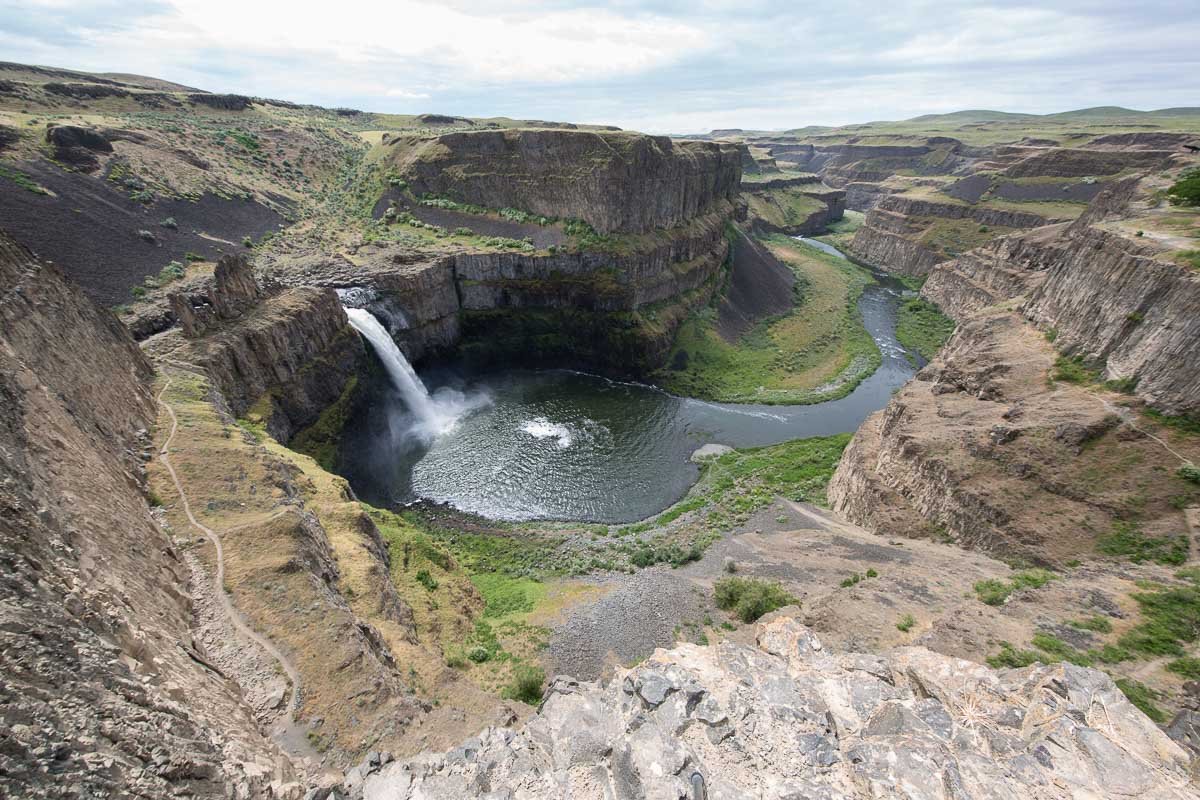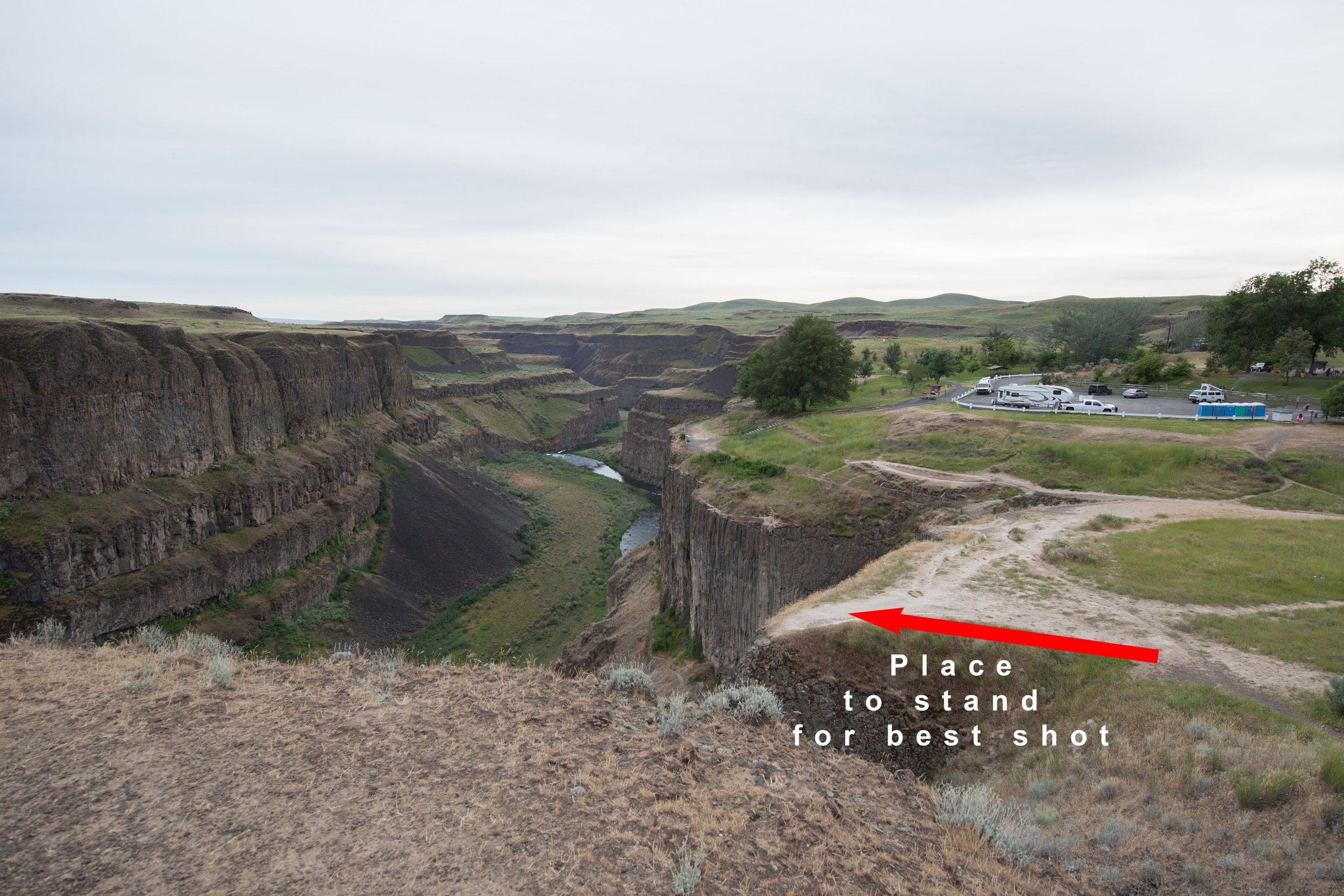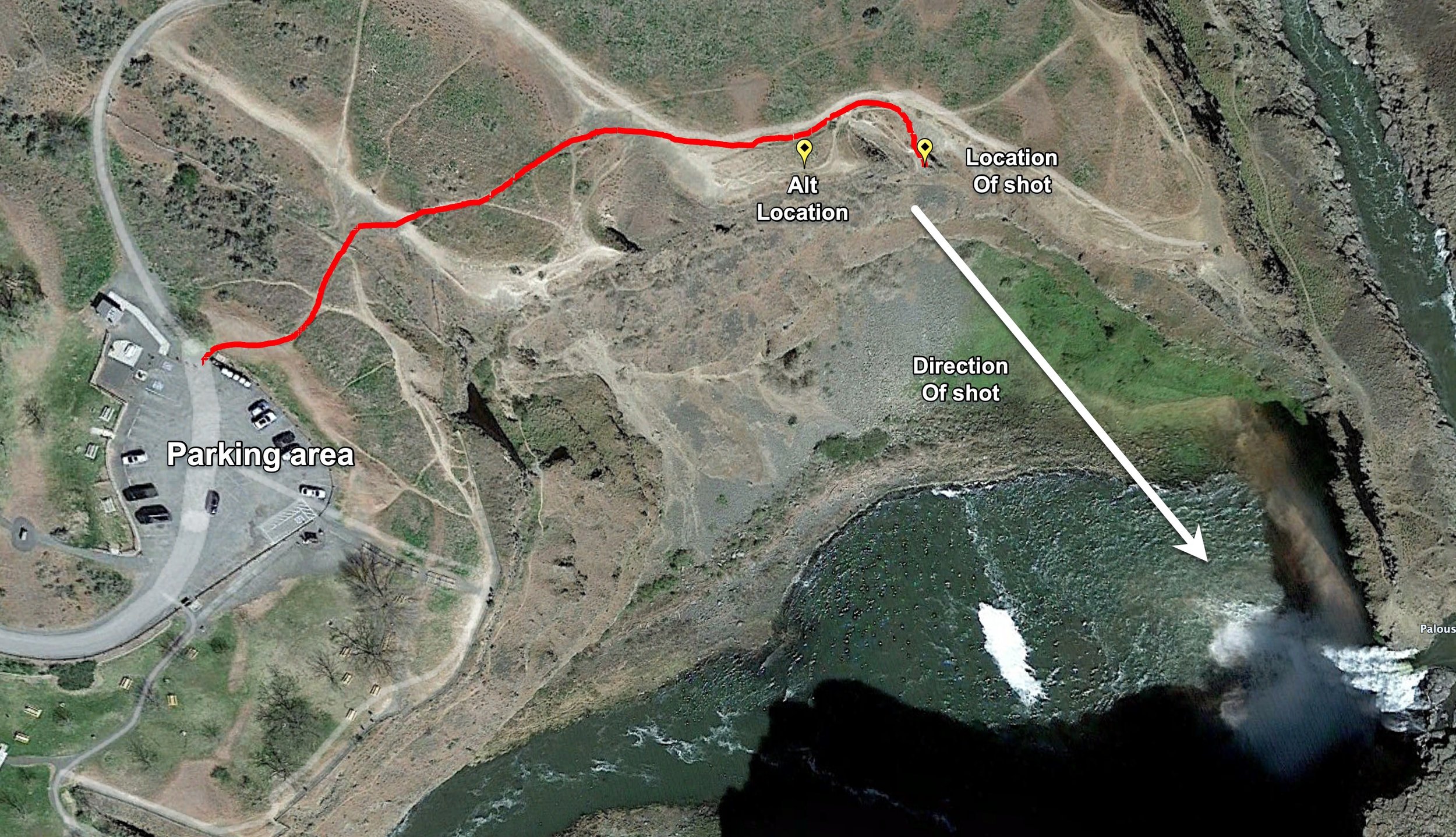Palouse Falls
Palouse Falls
Southwest Washington, WA
The iconic Palouse Falls is considered to be the official waterfall of Washington State. When you first walk up on the falls, you will understand why. Located in the southeast corner of Washington, the falls are like an oasis in the middle of the surrounding arid plains.
Out of nowhere, the powerful Palouse River falls 200ft. to a glacier-cut bowl, leading to an S shape at the end of the ravine. For a landscape photographer, under the right conditions, the falls offer one of the more unique images in the Pacific Northwest.
Images and location summary by Tim Wier
Trail Difficulty - EASY TO MODERATE
I would rate the difficulty of this trail as a 2 on a scale of 1-5 (with 5 being the most difficult).
The hike to the falls from the parking area is an easy 200-yard walk. However, the location you stand for shooting the primary location is pretty dicey as you are standing in a small area (maybe holds two people) with a drop of 50 ft or so.
GPS Coordinates & Elevation
754 Ft Elevation
View In Google earth
Directions
CLICK HERE to get driving directions the Palouse Falls parking lot.
From Colfax, WA - drive west on WA-26 W for 50 miles until you come to the little community of Washtucna, WA. Drive south on WA-261 for 6 miles, turn left on WA-261, and drive 9 miles until you see a sign directing you to Palouse Falls State Park. Stay on Palouse Falls Rd for 2.5 miles, and you will enter the park.
Photography Tips
Palouse Falls is a magnificent location to visit, but capturing an image of what you see in front of you can be a challenge. To capture the falls and the scene down the canyon, you will need a very wide lens (11 mm - 16mm) - and you will be shooting downward. When pointing a very wide lens downward, you will encounter distortion and notice a substantial keystone effect. This will create a curve on your horizon and other horizontal lines (often, this can be corrected in post-processing). Try to pay attention to the distortion when identifying your composition.
You will need at least a 1/2 second exposure to photograph the falls with a creamy flow. However, many great images of this location are taken with a very long exposure (4-30 seconds) to create the swirl in the bowl of the falls. I like this effect.
If shooting toward sunset, the dynamic range between the sky and lower walls of the canyon is extreme and might call for exposure bracketing to composite the sky.
EXIF Data
Focal Length – 16 mm
Exposure – 8 sec @ f 8.0
ISO – 100
Date – Aug 1st
Time – 7:57 pm
Best Time of Day to Shoot
Palouse Falls is best shot at or near sunset. If you are staying the night at the state park, you may also want to try the shot at sunrise.
Also, you can photograph the falls on an overcast day.
Best Time of Year
The location can be photographed at any time of the year.
The image below was taken on Aug 1st.
Lens(es) Needed
From the primary shooting location, you can use either a 16mm or wider lens. You will be pointing downhill when photographing the falls, so you will encounter lens distortion - which you may need to correct in post-processing.
The image below was taken @ 16mm.
Birds-Eye View
Permits
Palouse Falls is in the Palouse Falls State Park, which has a $10 daily entry fee.
Direction of the Shot
The direction of the shot is southeast at 160°.
Equipment Needed
You will want to bring a sturdy tripod, as it is best to shoot this location with a long exposure. A 3x or 6x Neutral Density filter will provide a long exposure to help create the swirl in the bowl of the falls.
Number of Other Photographers to Expect
Palouse Falls is a popular location for tourist and photographers. The primary shooting location will only hold 1 or 2 people - so you will want to arrive at least an hour before to secure your spot.
If the primary location is occupied, you can shoot from the alternate site - which holds 4-6 tripods.
Weather
Cell Service
Palouse Falls is located in the middle of nowhere, and there is NO cell service.
Area Guides and Workshops
None


